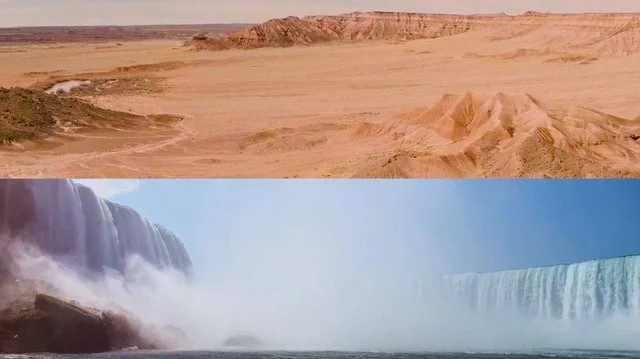Imagine you're stepping into a bubble, a space filled with all the thoughts that drift through your mind in a single day. What do you surround yourself with? What defines you? And how do you interact or move around these objects that symbolize yourself.
Each painting is a glimpse into our inner world, specifically focusing on the objects we choose to surround ourselves with. Arranged in a deliberate, symmetrical way, these objects represent who we are. The exhibit's title is inspired by Virginia Woolf's idea of a "luminous halo"—a semi-transparent layer that envelops us from the moment we become conscious until the end.
Read More














